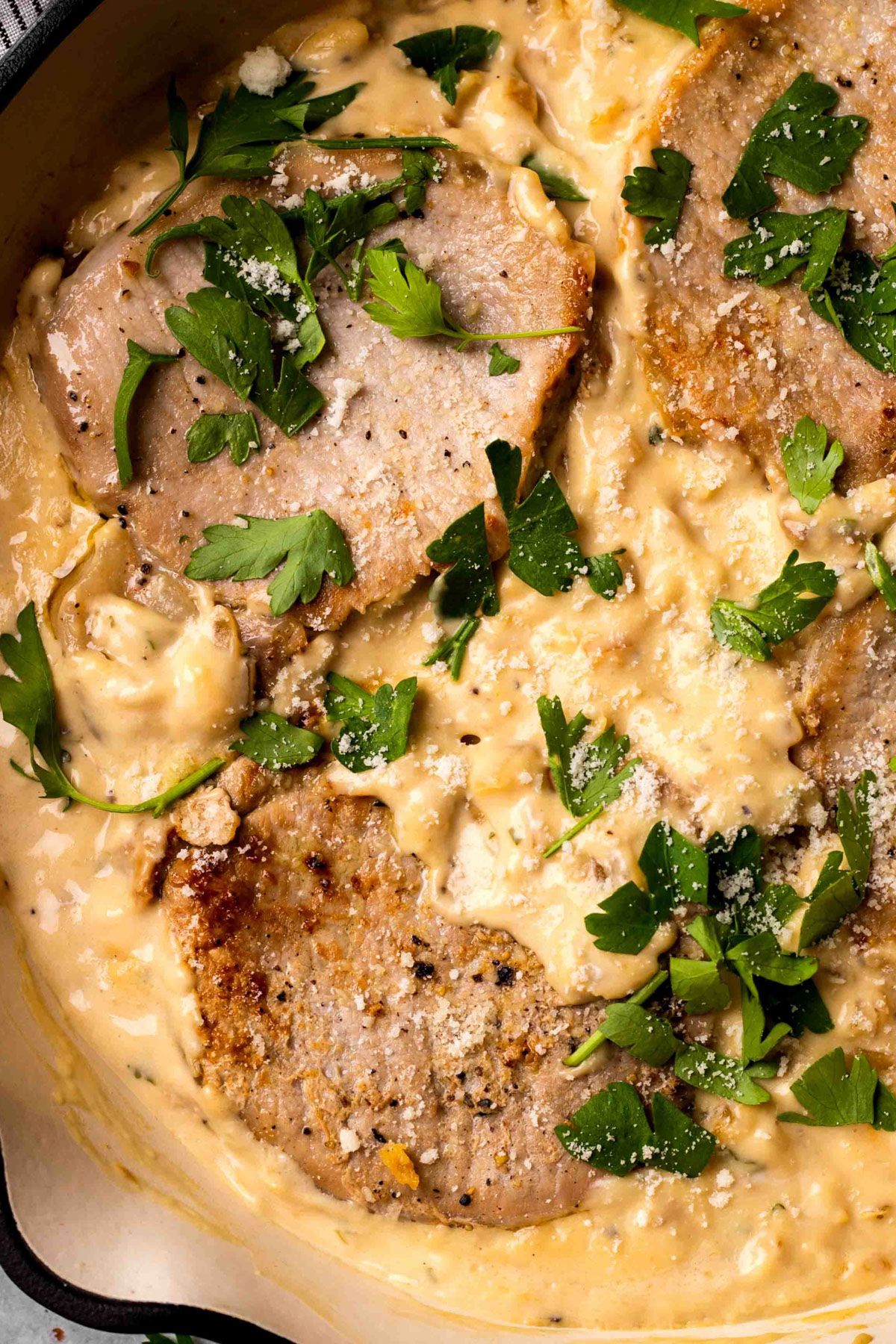
The culinary treasure known as prime rib, or standing rib roast, is highly esteemed in numerous upscale steakhouses. Its rich and tender texture, attributed to the marbling of fat throughout the cut, ensures a juicy and flavorful experience. This marbling allows the fat to melt into the meat during cooking, enhancing the richness and making every bite succulent. Prime rib’s reputation as a prime choice for special occasions and fine dining is well-earned due to its unparalleled flavor and tenderness.
Steps to Cooking the Perfect Prime Rib
Cooking the perfect prime rib requires meticulous attention to detail and a few essential techniques. While many prefer the rewarding experience of cooking at home, enjoying expertly cooked prime rib at a prime rib steakhouse offers an extraordinary culinary journey. From the selection of the meat to its seasoning, cooking, and serving, every step plays a crucial role in achieving a perfect roast that delights the palate.
Seasoning and Preparation
The journey to a perfect prime rib begins with choosing a high-quality cut of meat. Opt for a cut with abundant marbling, as the fat will render during cooking, adding flavor and moisture. Seasoning the prime rib is a critical step; a generous application of salt and pepper creates the foundation of flavor, while herbs such as rosemary and thyme add aromatic complexity. For best results, allow the seasoned meat to rest at room temperature for about an hour before cooking. This resting period ensures even cooking and enhances the herb and spice absorption, contributing to the meat’s overall flavor profile.
Cooking Methods
There are several methods to cook prime rib, each offering unique benefits. Slow roasting at a low temperature is a popular method that ensures even cooking and a tender final product. This method is ideal for achieving a uniformly cooked prime rib with a consistent medium-rare finish. For those seeking a crustier exterior, starting at a high temperature to sear the roast and then lowering the heat can achieve a beautifully seared crust while maintaining a juicy interior.
Slow Roasting
Slow roasting means cooking meat at a low temperature, around 250°F, for several hours. This method ensures even cooking, preserving moisture and tenderness. A meat thermometer is essential to monitor the internal temperature, aiming for perfect medium-rare doneness at 135°F. The slow roasting process breaks down connective tissues, resulting in a melt-in-your-mouth texture that prime rib enthusiasts love.
Reverse Searing
Reverse searing is another common technique in which the meat is cooked at a low temperature and then seared at high heat to create a crispy crust. This method combines the benefits of slow roasting with a beautifully textured exterior. The prime rib develops a tender and evenly cooked interior by boiling the meat slowly. The high-heat sear at the end caramelizes the surface, enhancing the flavor and providing a striking visual appeal that will impress guests.
Serving Prime Rib
Once the prime rib is perfectly cooked, it must rest for at least 20 minutes before carving. This rest period enables the juices to be distributed evenly throughout the meat, guaranteeing that each bite is as juicy as possible. Slicing the prime rib prematurely can lead to losing savory juices, resulting in a less moist roast. Pairing the prime rib with traditional sides like au jus, creamy horseradish sauce, and roasted vegetables can enhance the overall dining experience.











